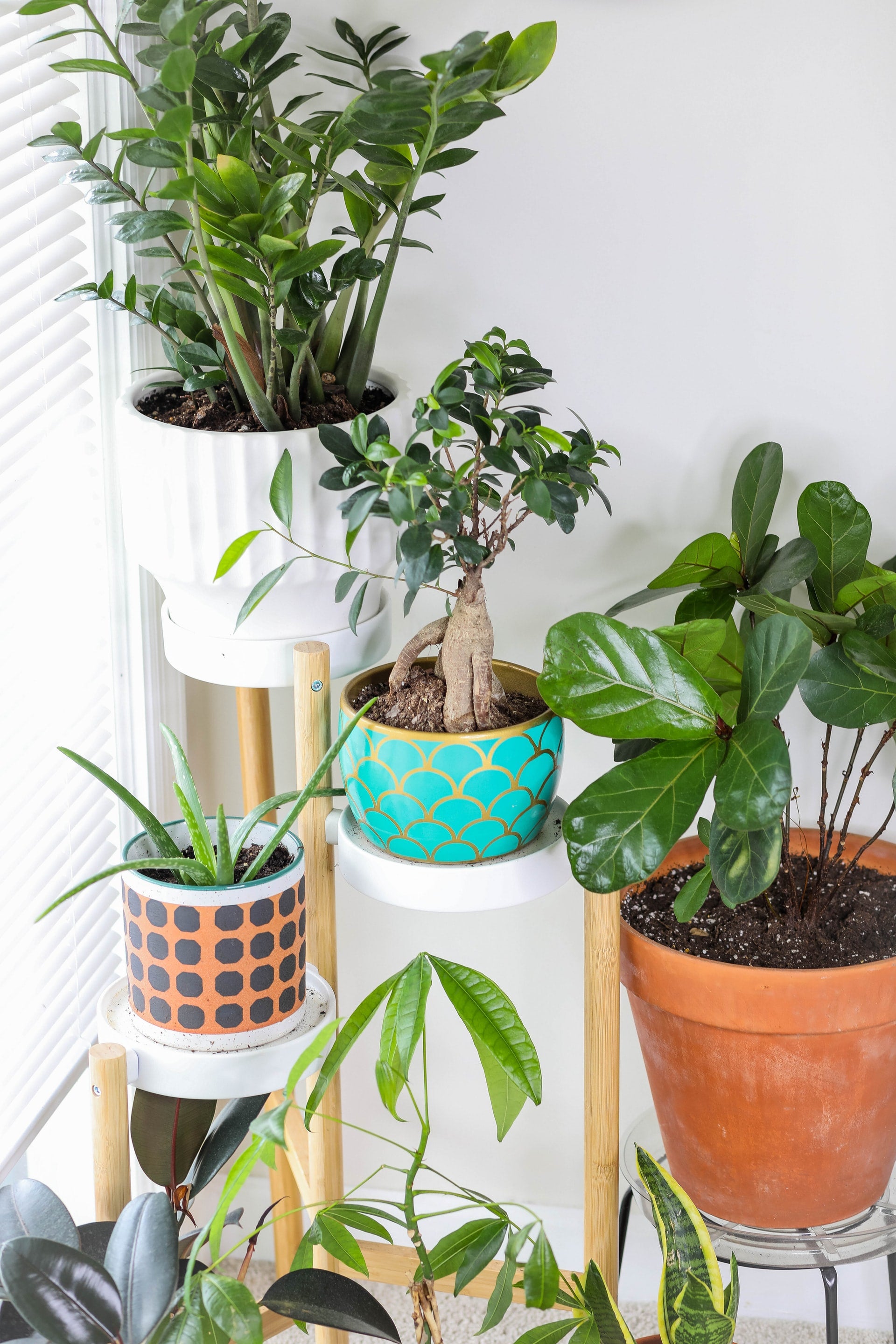
What makes 3D printing technology accessible to just about anyone is its capability to create everyday functional items. People can create 3D-printed motorcycle accessories, home repair tools, and back-to-school supplies, among many others.
If you want to start creating 3D prints that can withstand the harsh outside elements and constant use, here are the five best 3D printing filaments for outdoor use.
1. ABS 3D Printing Filaments
ABS is a classic for a reason. It prides itself on a high glass transition temperature and excellent mechanical properties, making it a good industrial-grade engineering filament.
However, it is not for the faint of heart as it is notoriously difficult to print with. Another inescapable outcome of the filament is that its 3D prints tend to get discolouration, which is accelerated and intensified by direct UV exposure. You can prevent this by painting over the filament during post-processing.
2. ASA 3D Printing Filaments
ASA gained popularity over the recent years due to its UV and weather resistance. It also offers improved strength and dimensional stability compared to ABS. They are recommended for automotive and prototyping 3D printing projects that will be used outdoors.
There are not a lot of caveats to ASA except that it emits noxious fumes during printing. Thus, it is important to have a well-ventilated workspace when using this 3D printing filament.
Learn more about ASA filaments here.
3. PETG 3D Printing Filaments
If you want an easy-to-print filament that is also tough and UV resistant, PETG is the right choice for you. It is the lovechild of PLA and ABS, getting the best of both worlds with regards to easy printability and tensile strength. It is also eco-friendly as PETG is recyclable and biodegradable.
Learn more about PETG filaments here.
4. Polycarbonate 3D printing filaments
Polycarbonate is made for tough environments with its high glass transition temperature, flexibility, impact resistance, and unbelievably high heat deflection.
However, polycarbonate is hygroscopic so it needs to be stored in an airtight container to avoid absorbing moisture from the air. It can also be difficult to print with as it requires very high printing temperatures and has a high tendency for oozing and warping.
Learn more about Polycarbonate filaments here.
Bonus: Post-processing 3D prints to become UV-resistant
While not all filaments can be used for outdoor use, you can enhance the UV resistance of any filaments above through post-processing. Here are ways you can do that:
- UV-resistant paint: After printing, you can apply UV-resistant paint on your model to up its UV and weather resistance.
- Automotive UV protectant: This comes in handy for 3D prints that are meant to be used as automotive accessories and tools. Some protectants can last a few months to a couple of years so choose your poison.
Filaments to avoid using for outdoor 3D prints
- PLA: While its low glass transition temperature makes it easy to print with, it is also the reason why it is not good for outdoor use. It makes it brittle under high temperatures, moisture, and UV rays. This also applies to special PLA blends, such as wood PLA, stone PLA, and glitter PLA.
- HIPS: HIPS is like a vampire when it comes to sun exposure: it simply can’t handle the heat and UV rays.
- Nylon: Nylon is a pain to print with. It also has poor UV resistance among other issues.
Time to bring your 3D-printed masterpieces outdoors!
Create outdoor 3D prints that will withstand the heat and UV rays of the outside world. For inquiries and 3D printer filament orders, you can contact us.

